On August 9, 2021, the United Nations Intergovernmental Panel on Climate Change (IPCC) released a scathing report detailing the indisputable impacts that human activity have made on the planet—many of them reaching the point of irreversibility within the next generation or two. The most consequential effects come from greenhouse gas emissions, which are responsible for approximately 1.1°C of warming since the latter half of the 19th century, according to the report. Considering that a 1.5ºC warming is projected to occur over the next two decades, and a 2ºC warming puts the planet in danger of heat extremes beyond tolerance thresholds for agriculture and human health, according to the IPCC the time for immediate, rapid, large-scale change is now—right now, in fact.
The World Green Building Council’s 2017 Global Status Report estimates that buildings alone are responsible for nearly 40% of carbon emissions—putting much of the onus for mitigation and remediation of this climate catastrophe on the real estate sector. In fact, there is a certain symbiosis between buildings and the environment: as hotter times get hotter and colder times colder, more energy is needed to keep buildings and their residents comfortable. As weather events become more frequent and intense, buildings must perform more frequent and intense inspections, repairs, and replacements to keep up and keep safe. All of this contributes to the climate crisis.
Fortunately, residential and commercial buildings alike have great options and opportunities for addressing their climate impact—and many have to do with upgrades to their roofs. Such upgrades can be as simple and inexpensive as applying a coating of reflective white paint, or as complex (and costly) as creating a communal roof deck or vegetable garden—but all are considered “green” for environmental purposes. Each project comes with its own potential for energy savings, grants and incentives, quality of life enhancements, revenue generation, community-building, and property value. These must be weighed against engineering and structural concerns (e.g., how much weight can the roof support?), the desires of the residents (perhaps especially those on the top floor), and of course, cost.
Know Your Roof
In embarking on any roof project, the first thing to know is what kind of roof you’re working with. For example, low-rises or individual HOA units with sloped roofs have different options than high-rises with flat roofs. A sloped-roof community might opt for what is known as a “cool roof”—a reflective surface that can be 50ºF less than a typical asphalt roof, according to American Home Contractors, based in Florham Park, New Jersey.
“When making the decision for a cool roof,” says the company’s rep, “it is important to factor in heating degree days—days under 65ºF—and cooling degree days—days over 65ºF. In areas with more cooling degree days, a cool roof is a no-brainer. But even in a state like New Jersey, where heating degree days are more common, a cool roof can still be a benefit, because the heat absorbed by your roof can transfer into your home, causing a need for greater amounts of air conditioning.” A cool roof can reflect up to 80% of the sun’s UV rays, according to American Home Contractors, and is as easy as installing lighter colored or reflective shingles, or having a cool roof coating applied to existing shingles. The Department of Energy estimates that the cost of installing a cool roof is comparable to the cost of installing a traditional roof, while applying coatings to an existing roof surface costs between 20¢ and $1 per square foot, depending on the type of application.
The Addison On The Ocean Condominium in Boca Raton, Florida, installed a cool roof in 2010, when it replaced its original roof that was then 25 years old. According to Best Roofing, the Fort Lauderdale-based company that did the installation, the project took 70 days, and was completed on time and on budget. The company explains that the cool roof’s 15-year warranty means that “The Addison is still saving money on its monthly energy bills due to the cool roof’s highly reflective surface that reflects heat away rather than being absorbed into the building. Lower building temperatures mean less energy spent on air conditioning. In fact, the cool roof system is so effective in lowering rooftop temperatures that it radically reduces energy costs and even extends the life expectancy of the roof.”
Go Green
A vegetation-covered roof is what many people think of as “green,” and will be referred to as such in the remainder of this story. In situations where it can be applied, a plant-covered green roof can be expected to prolong the life of a conventional roof by at least 20 years, according to the experts. This is because the vegetation prevents the roof surface from being exposed to the sun’s ultraviolet radiation and the deteriorating effects of precipitation and cold winds.
There are two basic types of green roofs: extensive and intensive. Extensive systems are the types with short, shallow-rooted plants that require 2 to 4 inches of soil, 12 to 40 pounds per square foot of roof area, and minimal maintenance. An intensive system, more akin to a rooftop garden, requires a minimum of 6 to 12 inches of soil and a load-bearing capacity of 80 to 150 pounds per square foot. This type of roof can include shrubs and trees, in addition to other materials and installations that make the roof suitable for active use. Both provide stormwater benefits, including insulation, water filtration, storage, and habitat opportunities; intensive systems have more potential for these benefits.
“Green roofs are a great way to cool down your roof during the summer, retain some of the rainwater from going straight into the storm sewer system, and provide an ecological oasis in a dense urban environment,” says Giulia Alimonti, AIA, LEED AP, senior architect with the recently-opeed New York office of engineering, architecture, and materials science consulting firm CTLGroup, headquartered in Skokie, Illinois. “Green roof elements can be combined with decking to create areas where building residents can relax and enjoy their roof.”
The city of Chicago was a pioneer in green roofs, and one of the first cities in the U.S. to study their impact on the “heat island effect” that occurs in dense urban environments where acres of concrete and buildings absorb and trap heat and then release it back into the environment. The Windy City was also one of the first to provide financial incentives to commercial and residential property owners to build or convert their roof to one that includes a layer of live vegetation. With nearly 7 million square feet of such roofs, according to city estimates, the city still leads in this area.
American Hydrotech, Inc., headquartered in Chicago, is a leading supplier of materials for all types of green and other efficient roofing systems—not just in Chicagoland buildings, but in other metros as well, including New York and Boston. Garden Roof & Blue Roof Department Manager Richard Hayden tells New England Condominium that the benefits of these types of installations are many and varied. “First of all,” he says, “the insulating materials keep the building dry. That’s the most important thing. From there, you have everything from stormwater runoff management to habitat formation to urban farming to increased building value. These are amenities that people like to have.”
Installations can be scaled for all different property types and locations, says Hayden—it all depends on what a building or community wants from its green roof. “The technologies and applications continue to evolve,” he says. “You can have just a layer of low-soil plantings, or an entire rooftop park, with pavement and decking and furniture.” With costs for such projects also ranging widely, a board must also consider how much return on investment the project will produce.
In the United States, green roof costs—including everything from waterproofing to plants—tend to range from $18 to $25 per square foot, depending on how intensive the system is. The initial capital and ongoing maintenance costs of a green roof are typically offset by long-term cost savings that come from reduced roof maintenance and replacement needs and lower utility bills. Other benefits like property value and resident quality of life are harder to quantify but equally significant.
What About Solar?
Adding photovoltaic panels to any green roof project is a way to enhance both the ROI and a building’s overall energy efficiency. With lighter, more efficient, and less expensive solar modules hitting the market (see our companion story, ‘New Green Tech for the Multifamily Sector’ for more on this), bringing solar to an urban high-rise is no longer cost-prohibitive. And in some cities, like New York, all new buildings, as well as any undergoing extensive roof renovation or replacement, must include some kind of green component or solar array or both, per Local Laws 92 and 94.
In any roof project, determining load tolerance is the first step to deciding what is possible on a particular surface. If a roof is 15 years old or more, say the pros, it might be time to replace the roof anyway, which allows for more options when it comes time to ‘green’—whether that’s in conjunction with the roof replacement or down the line. Alimonti recommends starting the process of evaluating the feasibility and design of any roof project by hiring a professional architect who will bring in structural, mechanical, electrical, plumbing, or other engineers, as well as a code consultant to determine applicability of the design to obtain tax credits or incentives.
Once the load capacity and other structural elements are determined, green roof plans can be expanded to include solar energy production. “Solar panels are designed to absorb the sun’s rays and transform them into electricity,” says Alimonti. “This electricity can then be used by the building, stored in batteries for later use, and/or it can be sent to the electrical grid for consumption by others. Solar panels are a great way for a building to create its own electricity and help reduce the electrical loads.”
There are even applications that combine green and solar technologies. Green Rain Solar, based in Nevada and partnering with cities nationwide, has created next-generation solar greenhouses, designed and developed by architect Anthony Morali for use on urban rooftops. Using customized red greenhouse glass and seamless solar panels, says the company, these rooftop additions provide aesthetic appeal, health benefits through greenery and a sustainable food source, solar power, community space, and perhaps even a commodity. Energy collected through the solar panels can be used in the building or sold to a utility provider; vegetation grown in the greenhouse can also be distributed or sold within the building or to the broader community.
Raise the Roof
Given the scale and immediacy with which the climate crisis must be addressed and the impact that buildings specifically have on the disaster, elevating a conventional roof to one that is green—by any of the foregoing definitions—can be a cost-effective and practical solution for any community—one that also provides benefits to residents and the surrounding neighborhood. Any other roof is just … a roof.
Darcey Gerstein is Associate Editor and Staff Writer for New England Condominium.



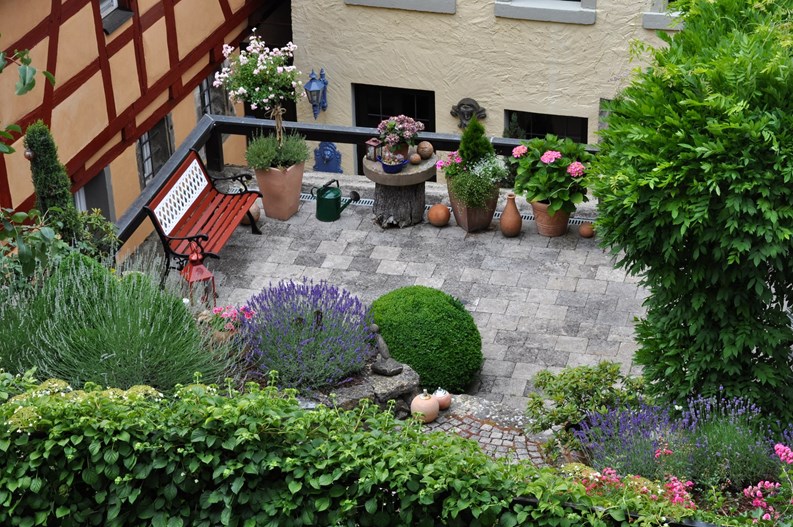
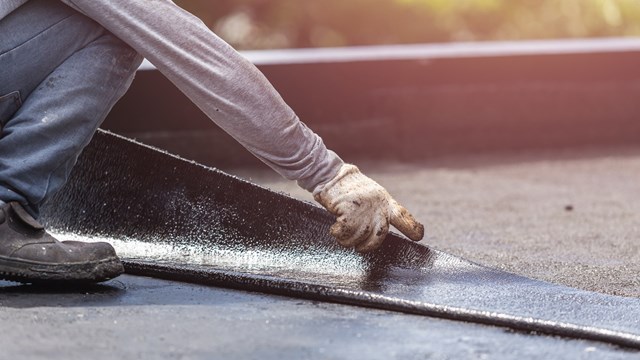
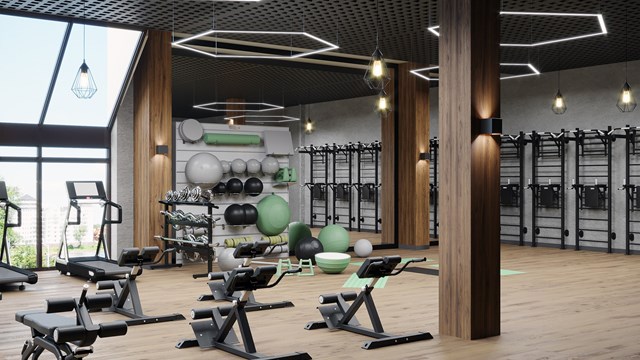

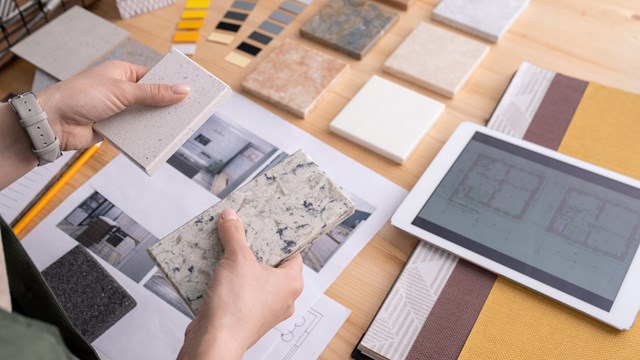
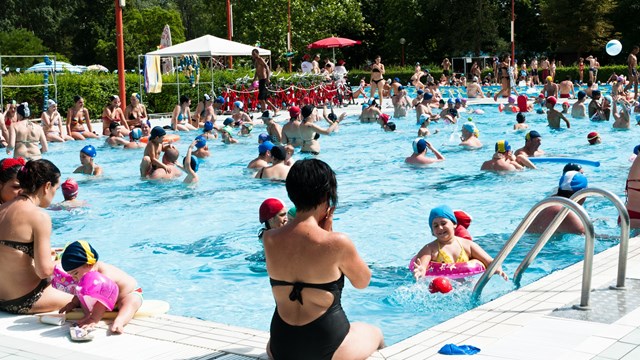

Leave a Comment